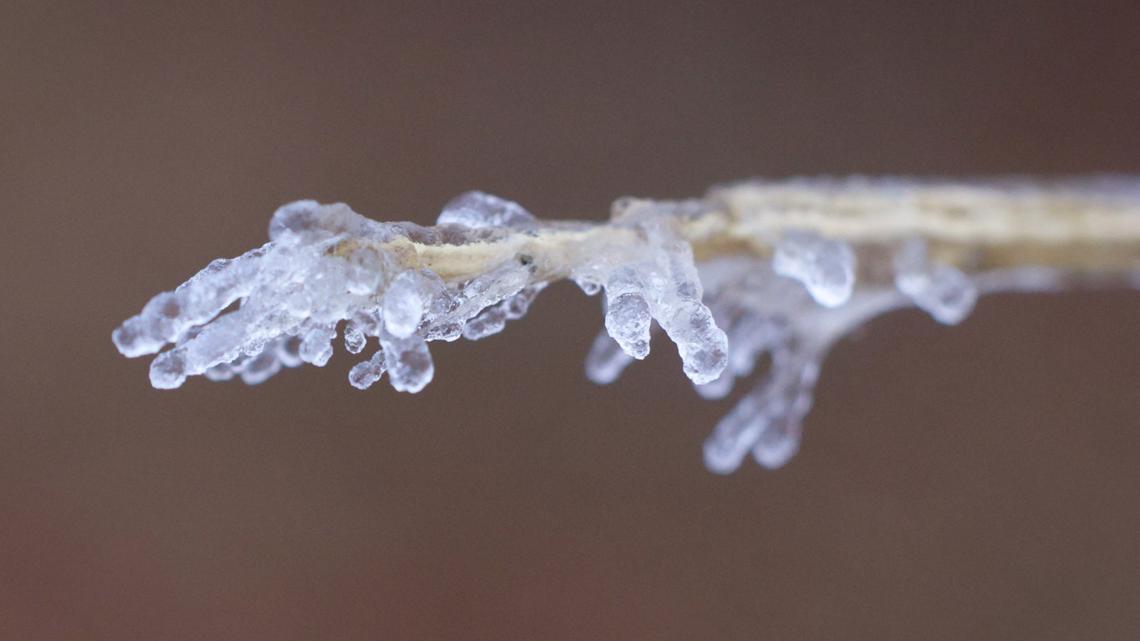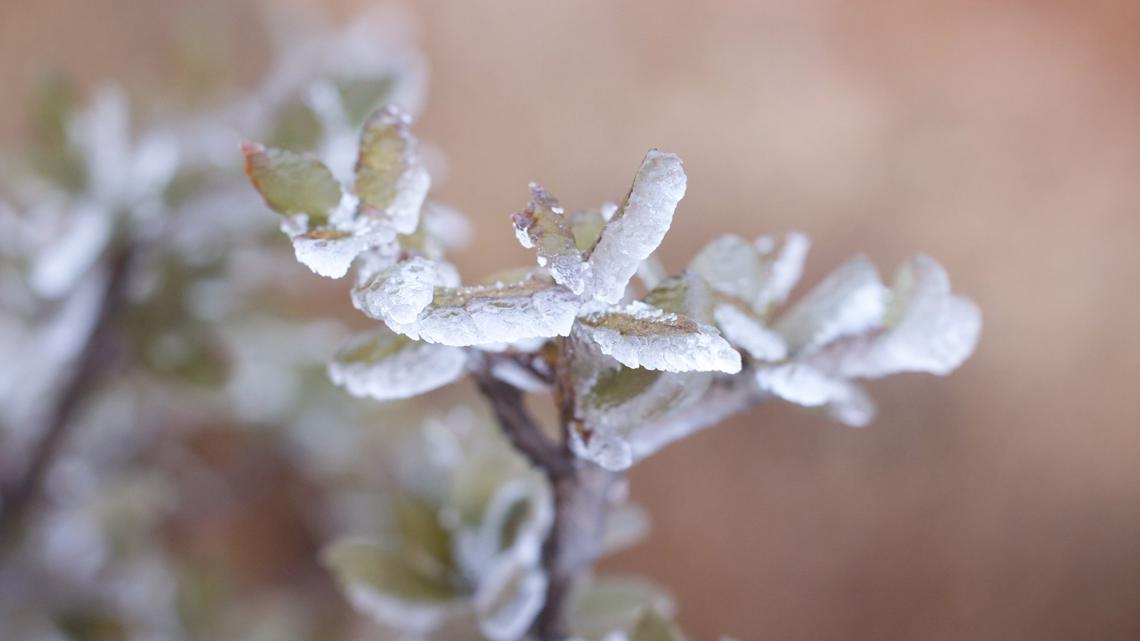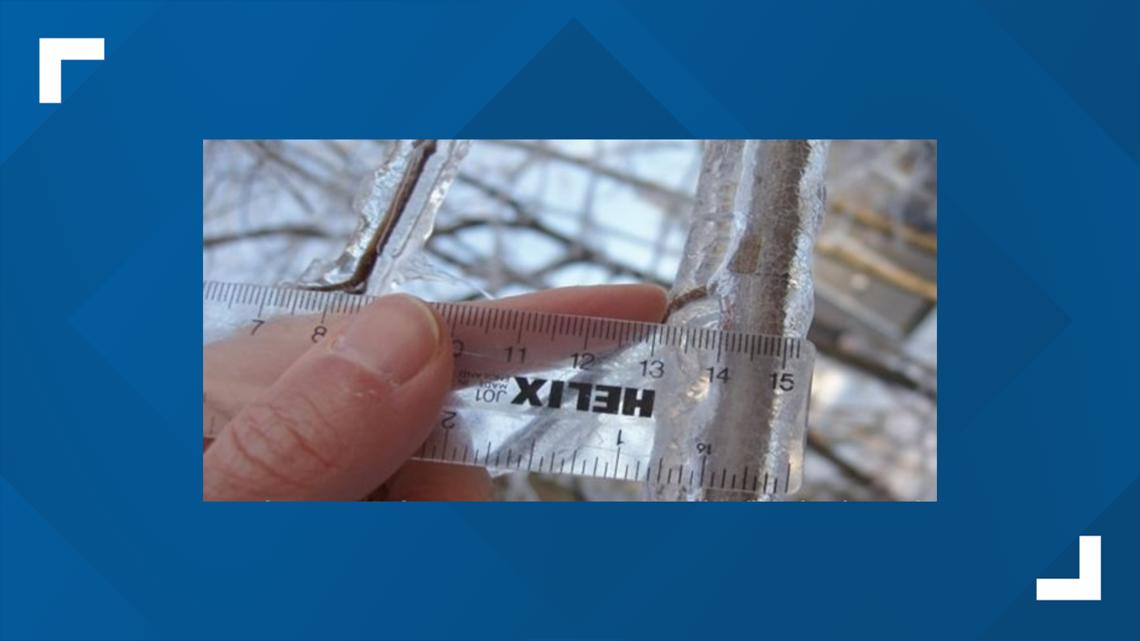AUSTIN, Texas — Central Texas is anticipating a multiday weather event, with very favorable possibilities for freezing drizzle and rain for portions of the KVUE viewing area.


Freezing rain accumulations will build up as ice on surfaces and roadways during this time. These accumulations will be measured and reported in 10ths of an inch, which can be confusing.
To add to the confusion, if you want to go out and measure it yourself, a household ruler splits an inch into 16ths. In order to measure ice accretion for freezing rain, you'll need to do a conversion.
Here is a quick list of conversions rounding to the nearest 10th of an inch.
- 1/16th, 1/8th = 0.10 of an inch
- 3/16th = 0.2 of an inch
- 1/4th, 5/16th = 0.3 of an inch
- 3/8th, 7/16th = 0.4 of an inch
- 1/2 = 0.5 of an inch
- 9/16th, 5/8th = 0.6 of an inch
- 11/16th = 0.7 of an inch
- 3/4th, 13/16th = 0.8 of an inch
- 7/8th,15/16th = 0.9 of an inch
So if freezing rain or drizzle occurs in your neighborhood, how do you measure it?
First, you want to find something covered with ice, preferably a small branch or the top of an easily accessible object, like a bench or railing. Make sure the object isn't obstructed by other nearby trees or overhanging structures, like an awning or roof. You want the reading to be taken under a setting with a lot of open air, so that it is as accurate as possible. Small branches are usually the best object to use.
Second, it is time to measure. More often than not, gravity and wind will play a roll in the thickness of ice surrounding a branch or object, making the width different on either side.


Measure both the thickest and the thinnest parts of the ice, separately, from the edge of the object to the edge of the ice. Write them down.
Thirdly, a little math.
Add both of your recordings together and then divide by two. This will give you the average thickness. Now, look at the conversion list to see how close you are to the nearest 10th.
Here is an example from the National Weather Service:


The thicker side of the ice measures 5/16th of an inch, and the thin side measures 3/16th of an inch – 8/16th divided by 2, equals 4/16ths, or one quarter.
If you are struggling to measure the accumulation because it is under a 10th of an inch or less, you can report it as "T" or a trace. You cannot report ice accretions in 0 inches.
On a flat surface, just measure the side of the thickest ice.
To report your findings to the San Antonio/Austin office of the National Weather Service, it can be reached by telephone, email or tagged on social media with the hashtag #eWXSpotter.

